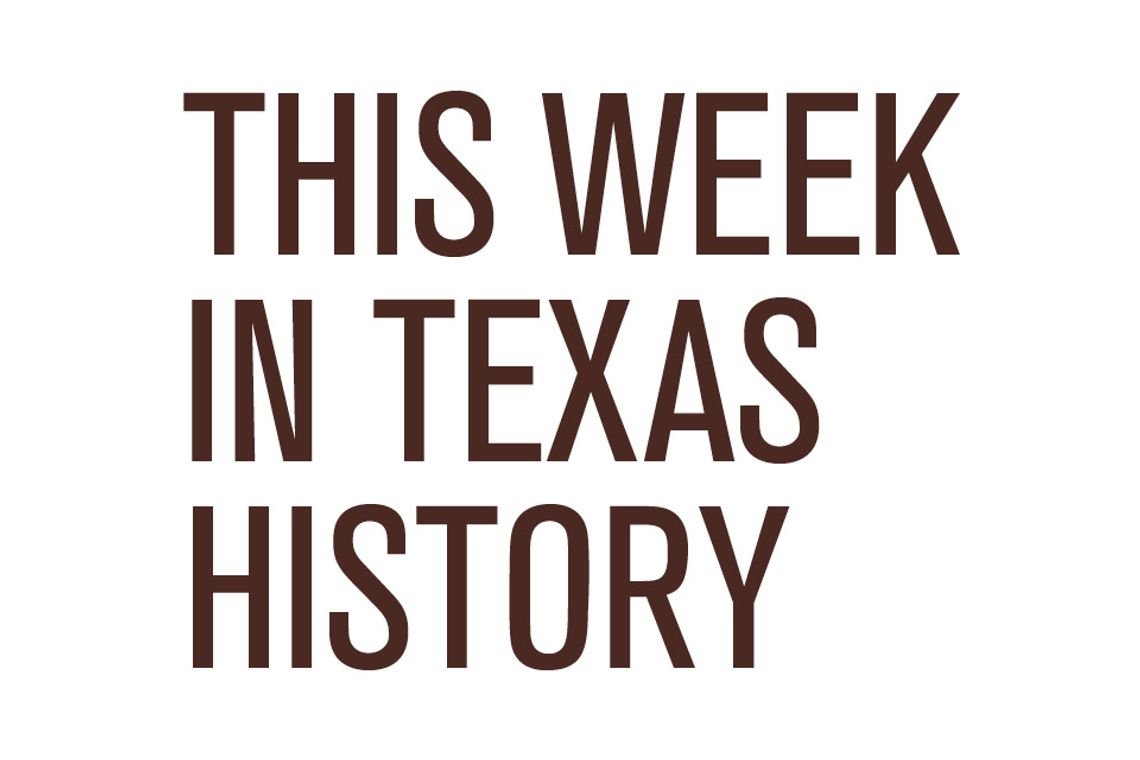The Republican Army of the North, a motley crew of American adventurers and Mexican rebels, reached La Bahia on Nov. 1, 1812 and made themselves right at home in the empty fortress.
When Jose Bernardo Gutierrez de Lara hurried off to Washington, D.C. in March 1811, the Mexican revolt against the Spaniards was treading water. As he begged the U.S. government for desperately needed aid, his compatriots went down for the final time.
But Don Bernardo refused to call it quits and resolved to foment another rebellion. Learning from the fatal mistakes of his dead predecessors, he chose a more favorable site, the poorly guarded province of Texas, and more experienced fighters, the outcasts and outlaws of the Neutral Ground.
From the notorious no-man’s-land nestled between the Sabine River and the Arroyo Hondo, Spanish spies reported as early as April 1812 that the infamous exile was up to no good. Noting Gutierrez had resumed his seditious activities, an informer added, “and with him is an American who seems to be of much importance.”
The mystery man was Augustus Magee, a 24-year-old lieutenant who resigned from the U.S. Army in order to organize the invasion of Spanish Texas. Enlisting the same ruffians he had once arrested in a cleanup of the Neutral Ground, Magee began whipping into shape the ragtag force he optimistically named “The Republican Army of the North.”
Gutierrez and his young commander spent the summer of 1812 recruiting additional adventurers with the promise of 40 dollars a month and a league of Texas land. Patriotic Mexicans, renegade Indians and a few idealists willing to fight for free rounded out the combat strength of the RAN at roughly 500.
Though warned well in advance of the imminent invasion, Spanish troops were caught napping on the morning of Aug. 8, 1812. They fell back to Nacogdoches allowing Magee and his men to cross the border uncontested.
Deciding discretion was the better part of valor, the local garrison joined their comrades in a panic-stricken retreat. Relieved residents sent a delegation to greet the advancing invaders and to welcome them to town.
After receiving the all-clear from Magee, Gutierrez rode triumphantly into liberated Nacogdoches. While the former tended to military matters in preparation for the march on the colonial capital of San Antonio, the latter issued eloquent appeals to the frightened populace.
Gutierrez tried to put the best face on the troubling fact that the Republican Army of the North was predominantly non-Mexican. “I am now marching to your succor with a respectable force of American volunteers who have left their homes and families to take up our cause, to fight for our liberty,” he claimed. “They are the free descendants of the men who fought for the independence of the United States.”
Gutierrez knew, of course, that he was stretching the truth. There was no doubt Patrick Henry, Thomas Paine and George Washington would have objected to the far-fetched comparison.
The RAN broke camp at Nacogdoches in September. Progress was slow but bloodless as the enemy failed to show his face all the way to La Bahia, later known as Goliad.
The easy occupation of the vacant fortress on the first day of November lulled the ranks and Magee as well into thinking the spineless Spaniards would never stand and fight. San Antonio was sure to be an instant replay of Nacogdoches making them the masters of Texas.
In a matter of hours, however, the filibusters were under siege by a larger enemy detachment determined to starve them into submission. Days dragged into weeks as repeated attempts to break through the impenetrable circle were repulsed.
As food and water ran dangerously low, disease ravaged the trapped invaders. Sometime during the four-month ordeal, Magee died from an unknown illness, an assassin’s bullet or by his own hand. The actual cause of death was never revealed, and that in itself suggested foul play.
The plight of their doomed countrymen inspired hundreds of Americans to rush to the rescue. The siege was shattered in March 1813, and in less than a month San Antonio fell to the rejuvenated Republican Army of the North.
But the historic victory that might have severed Texas from Mexico 23 years ahead of schedule was tragically short-lived. Sickened by the atrocities committed by their Mexican allies, most of the Americans left for home before a Spanish counterattack wiped out the RAN in August 1813.
The bodies of more than a thousand invaders were left to rot on the field of the final battle. Only when Stephen F. Austin happened upon their bones in 1822 did the governor consent to a Christian burial.
Need a speaker with a Texas twist? There’s none better than Bartee Haile! Contact him at barteehaile.com for more information.










